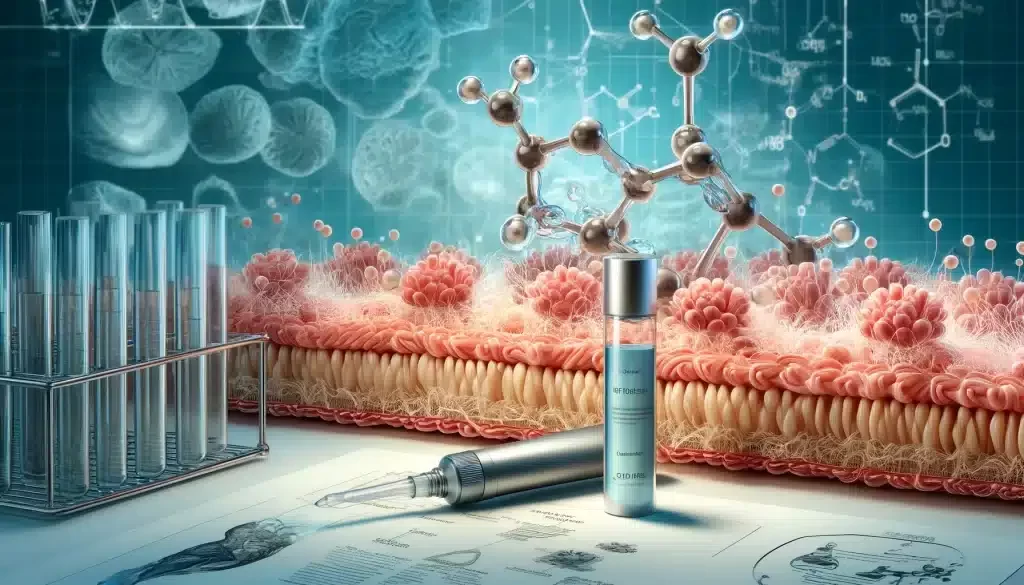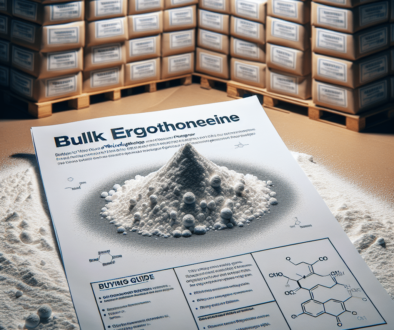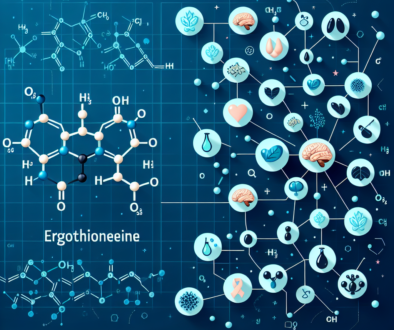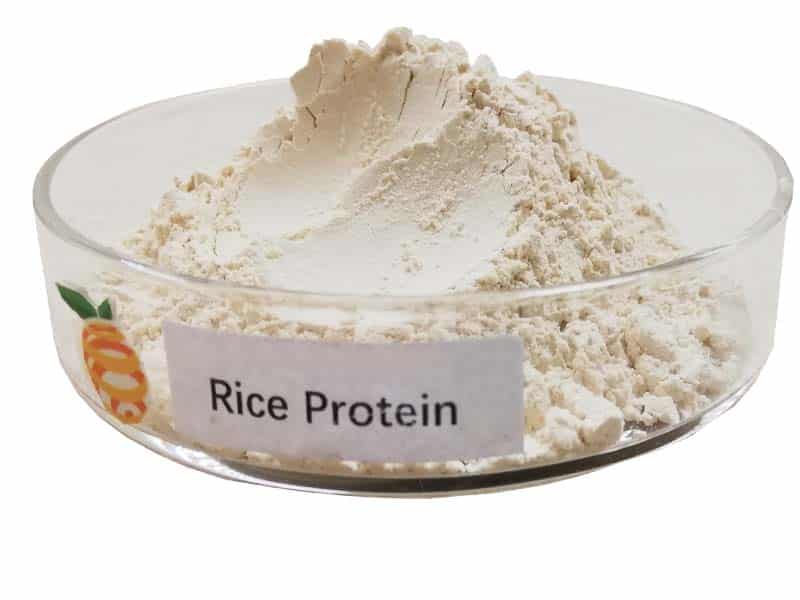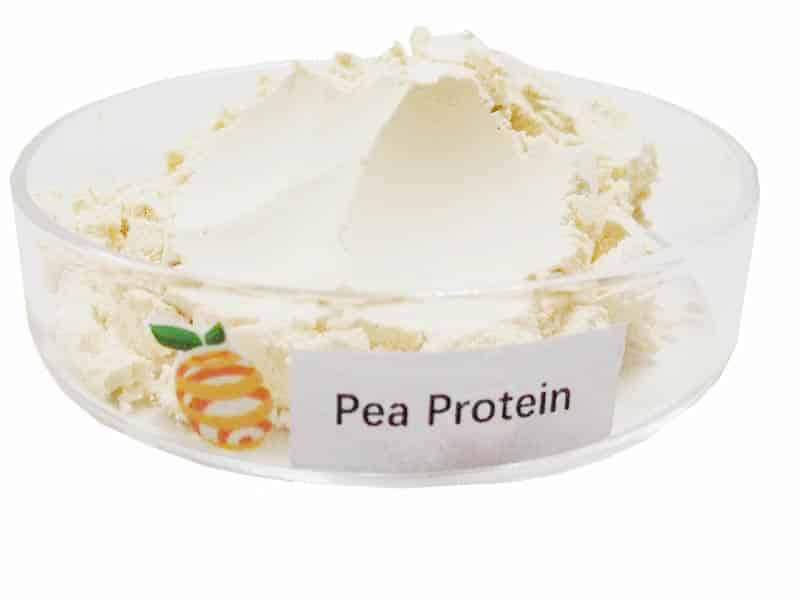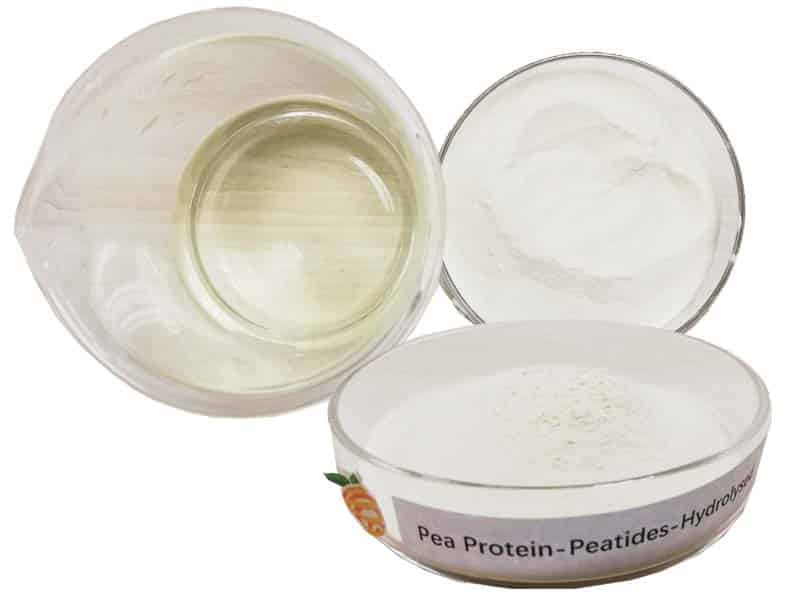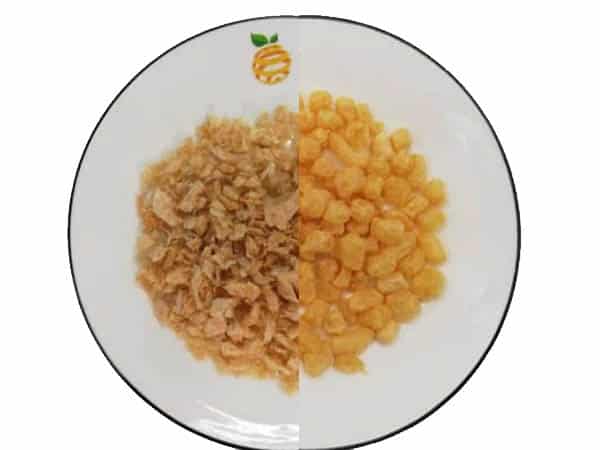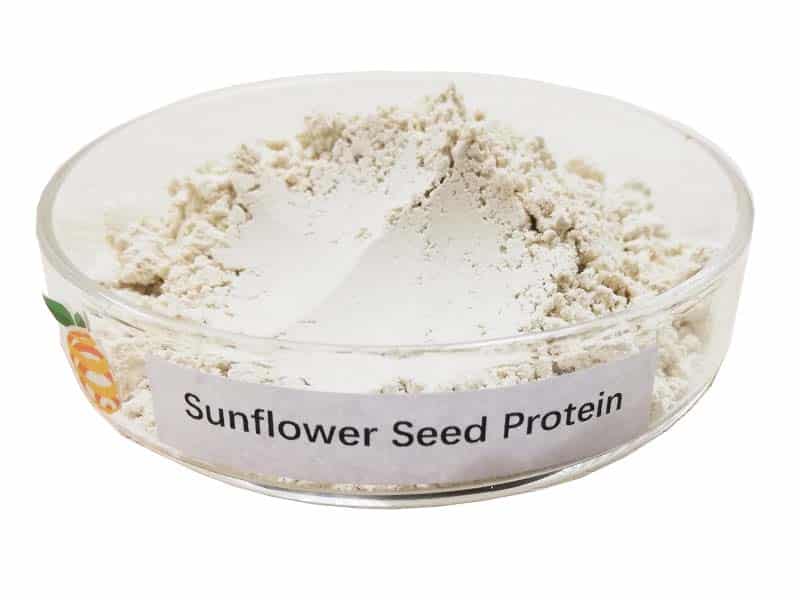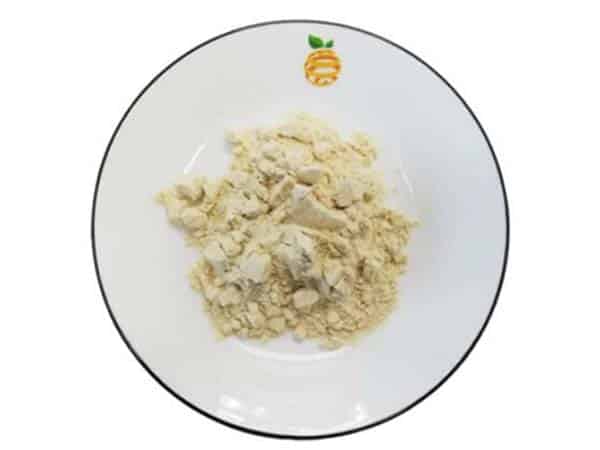Ergothioneine in Skin: Biological Mechanisms and Potential Pathways
Explore the benefits of Ergothioneine (EGT) in skincare, including its antioxidative properties, mechanisms, and potential applications in cosmetics.
1. Introduction
Ergothioneine (EGT), discovered and named by Tanret in 1909 from rye grains infected with Claviceps purpurea and other fungi, has drawn increasing attention over the past century, especially after significant amounts were found in human blood and liver. EGT, a small molecule synthesized by certain bacteria and fungi, is readily absorbed by the human body and acts as an antioxidant, providing regulatory and protective functions akin to vitamins in the body. Studies suggest that EGT, even at very low concentrations, is therapeutic against ailments such as acute lung injury, fatty liver disease, and COVID-19. However, the distribution of EGT in the body is uneven, with its levels varying significantly across different tissues. After environmental uptake, EGT enters the bloodstream via the expression of the OCTN-1 transporter protein and remains in some tissues and organs for weeks, explaining the higher EGT levels in blood cells. Importantly, the accumulation of EGT in the body is targeted, increasing significantly in areas of injury or inflammation, highlighting its importance to human health.
In recent years, with growing interest in health and beauty, external stimuli like ultraviolet radiation and air pollution cause oxidative damage and skin aging. Additionally, the cosmetics industry has undergone significant changes with increasing demands for efficacy and safety. EGT, with its antioxidative, anti-aging, and UV protection properties, meets these needs. Despite extensive pharmacological research on EGT, its mechanisms of action and applications in skin have not been fully summarized, which is the focus of this review. First, we review the structural basis and properties of EGT, followed by a discussion on its bioactivity and potential action mechanisms in the skin. Finally, we explore its applications in cosmetics and future prospects, aiming to enhance understanding of EGT’s mechanisms and assess its potential in dermocosmetics.
2. Structural Basis of Ergothioneine
EGT, a thione/thiol derivative of histidine betaine, undergoes spontaneous redox chemistry, rarely relying on enzymes, allowing for a strong self-oxidative resistance. In the body, EGT mainly exists in its thione form, combating free radicals and subsequently being reduced back to its thiol form. Its unique role in the antioxidative cycle is supported by its stability in aqueous solutions and physiological pH, as evident from its unique X-ray crystal structure.
3. Transport and Metabolic Mechanisms of Ergothioneine
Oxidative damage is a key driver of metabolic anomalies, aging, and apoptosis. The body repairs this damage through an antioxidative system comprising endogenous antioxidants and repair enzymes. EGT’s unique transport mechanism via the OCTN-1 protein, not randomly distributed, tends to accumulate more in tissues during oxidative stress and inflammation, highlighting its targeted protective role. As a dietary “vitamin,” EGT is transported and accumulated at specific sites after intake, facilitated by the OCTN-1 protein, which is crucial for promoting specific tissue uptake.

figure 1. Metabolism of EGT in cells: As an intracellular antioxidant, it may have a protective effect against oxidative damage and inflammation caused by exogenous factors such as reactive oxygen species (ROS) or ultraviolet light. When cells are damaged or stressed, the OCTN-1 transporter is expressed in large quantities and transports EGT across the membrane into the cell. EGT can protect cells in different subcellular organelles in a variety of ways. After EGT enters cells, it can quickly chelate metal ions in the cytoplasm to prevent further damage to cells caused by the Fenton reaction. At the same time, EGT may regulate the activity of PARPs and sirtuin family enzymes, indirectly affect the transport and circulation of NAD+ in the cytoplasm and mitochondria, and directly affect the level of ROS in mitochondria. In the nucleus, EGT protects normal DNA transcription and prevents DNA damage caused by deletions, especially copper ions. In addition, EGT can also inhibit the production of inflammatory factors such as tumor necrosis factor-α (TNF-α), interleukin (IL)-1β, and IL-6, thereby protecting cells.
4. Involvement in the Antioxidative Defense System
Hydrophilic antioxidants generally protect soluble proteins, whereas lipophilic antioxidants guard lipids, forming an antioxidative network to cope with various stressors. EGT likely participates in this network, potentially interacting with other antioxidants like vitamin C, which aids in the rapid reduction of its oxidized forms, enhancing its antioxidative efficacy.
5. Mitochondrial-Targeted Intelligent Protection
OCTN-1, expressed in the mitochondrial membranes of various human tissues, suggests EGT as a potential mitochondrial-targeted antioxidant. It selectively enters mitochondria, reducing oxidative damage during hypoxia. Despite evidence of OCTN-1’s expression in mitochondria, direct evidence of EGT’s “intelligent” accumulation in isolated mitochondria is lacking. Studies confirm EGT’s mitochondrial protection, including preventing mtDNA damage and maintaining membrane potential, especially under stress conditions.
Conclusion and Outlook
Since its discovery, EGT has been extensively discussed and studied, with its structure and functions becoming increasingly clear. As a natural and safe ingredient, EGT fulfills the requirements sought in the cosmetics industry, with its antioxidative, anti-inflammatory, anti-aging, and non-competitive whitening capabilities. Further research into unresolved or promising areas regarding EGT’s role in the human antioxidative network, skin permeability, and its interaction with melanin production is warranted, considering the progress in EGT research and its potential applications in dermatology and cosmetics.
About ETprotein:
ETprotein, a reputable protein and L-(+)-Ergothioneine (EGT) Chinese factory manufacturer and supplier, is renowned for producing, stocking, exporting, and delivering the highest quality organic bulk vegan proteins and L-(+)-Ergothioneine. They include Organic rice protein, clear rice protein, pea protein, clear pea protein, watermelon seed protein, pumpkin seed protein, sunflower seed protein, mung bean protein, peanut protein, and L-(+)-Ergothioneine EGT Pharmaceutical grade, L-(+)-Ergothioneine EGT food grade, L-(+)-Ergothioneine EGT cosmetic grade, L-(+)-Ergothioneine EGT reference grade and L-(+)-Ergothioneine EGT standard. Their offerings, characterized by a neutral taste, non-GMO, allergen-free attributes, with L-(+)-Ergothioneine purity over 98%, 99%, cater to a diverse range of industries. They serve nutraceutical, pharmaceutical, cosmeceutical, veterinary, as well as food and beverage finished product distributors, traders, and manufacturers across Europe, USA, Canada, Australia, Thailand, Japan, Korea, Brazil, and Chile, among others.
ETprotein specialization includes exporting and delivering tailor-made protein powder and finished nutritional supplements. Their extensive product range covers sectors like Food and Beverage, Sports Nutrition, Weight Management, Dietary Supplements, Health and Wellness Products, and Infant Formula, ensuring comprehensive solutions to meet all your protein needs.
As a trusted company by leading global food and beverage brands and Fortune 500 companies, ETprotein reinforces China’s reputation in the global arena. For more information or to sample their products, please contact them and email sales(at)ETprotein.com today.

